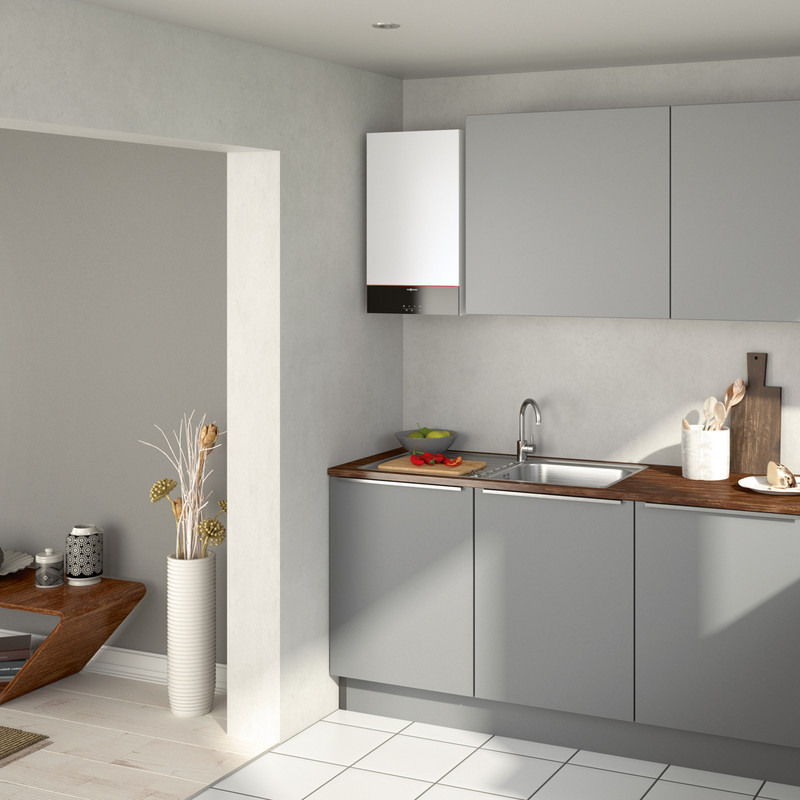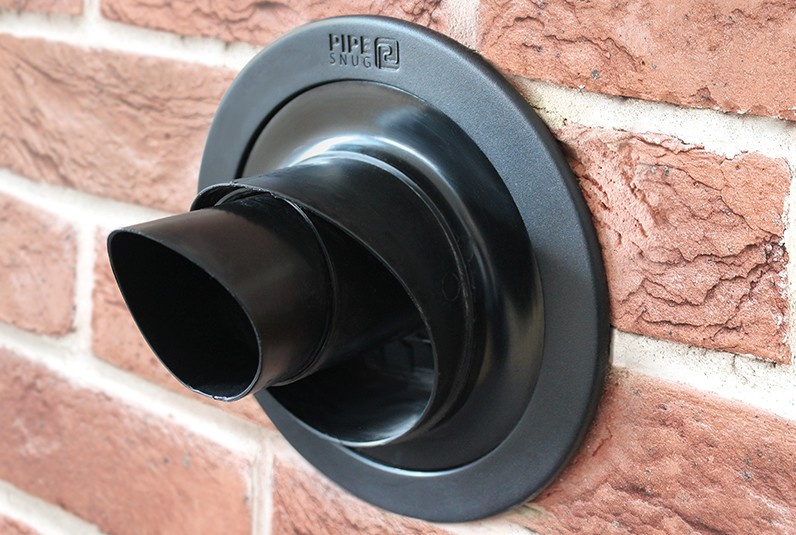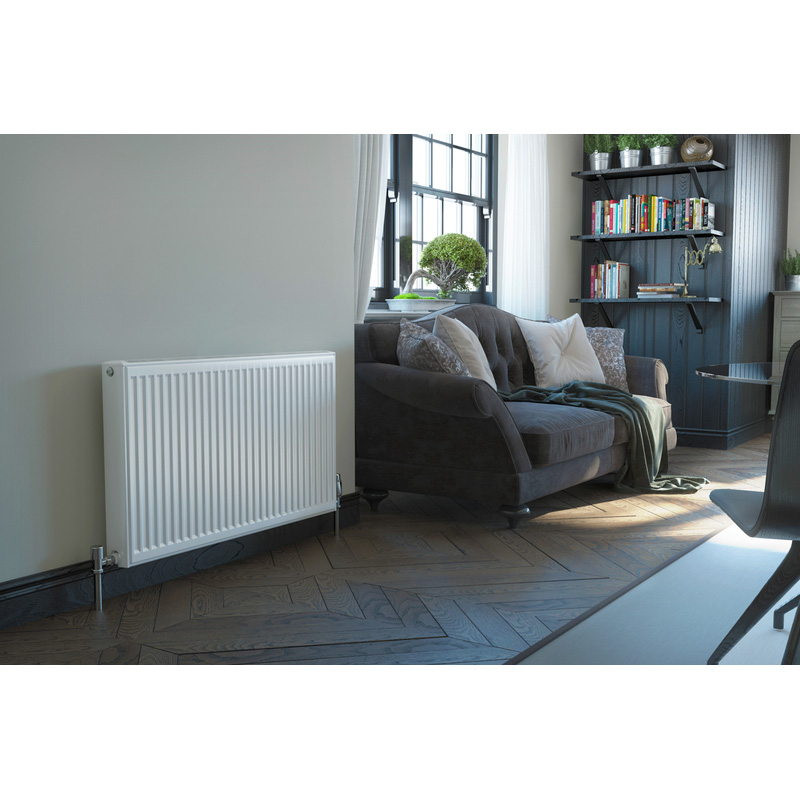Boiler pressure is an important part of your heating system, ensuring that your boiler operates efficiently and safely. It works by helping to circulate hot water throughout your home, providing warmth and hot water on demand. If the pressure falls too low, your boiler may fail to operate correctly, leaving you without heat or hot water.
Over time, various factors such as leaks, bleeding radiators, or simply the natural expansion and contraction of water can cause the pressure in your boiler to drop. When this happens, it may be necessary to re-pressurise the system.
No matter what type of boiler you have, keeping the right pressure not only ensures its efficiency, but also helps prevent potential damage to the components, and helps to avoid potentially expensive breakdowns.
In this guide, we’ll provide easy-to-follow steps so you safely repressurise your boiler and maintain the performance of your heating system.
Why Does Your Boiler Lose Pressure?
A few signs can indicate that your boiler may be losing pressure. These include the boiler gauge dropping on a daily basis, a drop in performance of your heating system, or an error code showing up on the boiler display. But what causes a boiler to lose pressure in the first place?
One of the most common causes of loss of boiler pressure is a leak to either the fittings underneath the boiler, your radiators, or any associated pipework. Checking these for escaping water should help you identify if that’s the cause. Be sure to inspect your ceilings too, as any signs of damp could indicate a leak to pipework in the roof. Keep in mind that some leaks can be deep behind walls, so if you don’t spot any obvious signs of a leak, don’t rule it out.
Another cause of low boiler pressure is the accumulation of air pockets in your radiators. If you've heard a strange gurgling noise coming from them, it might be a sign of excessive air. This can prevent proper water circulation, leading to a drop in boiler pressure. Bleeding your radiators helps to release the trapped air, allowing water to flow freely through your heating system. Make sure to top-up the boiler pressure once you’ve done this.
Remember; it’s normal for boiler pressure to reduce naturally over time, where it then requires a small top-up. You can follow our steps below to easily fix the boiler pressure getting it back to within the ideal range, which is between 1 and 1.5 bar. If it’s higher than this, then it’s important to reduce the pressure back down to within the safe range.

Steps To Increase Your Boiler Pressure
Step 1: Switch off the Boiler
Make sure your boiler is turned off and has had time to cool down - around an hour should allow sufficient time for the water to cool off.
Step 2: Check the Filling Loop
Ensure that both ends of the filling loop are securely attached to the valves. If you don't have a filling loop, check the user manual for your specific boiler model.
Step 3: Open the Valves
Slowly open both valves (or just one, depending on your boiler setup) to allow cold mains water to flow into the system. You should hear the water flowing in.
Step 4: Monitor the Pressure Gauge
Keep an eye on the pressure gauge, which should be rising. You want the pressure to be between 1 and 1.5 bar, which is the ideal range for most systems.
Step 5: Close the Valves
Once the pressure reaches the right level, close the valves securely to stop the flow of water.
Step 6: Turn the Boiler Back On
After closing the valves, switch your boiler back on. If necessary, press the reset button. You've now successfully repressurised your boiler!



